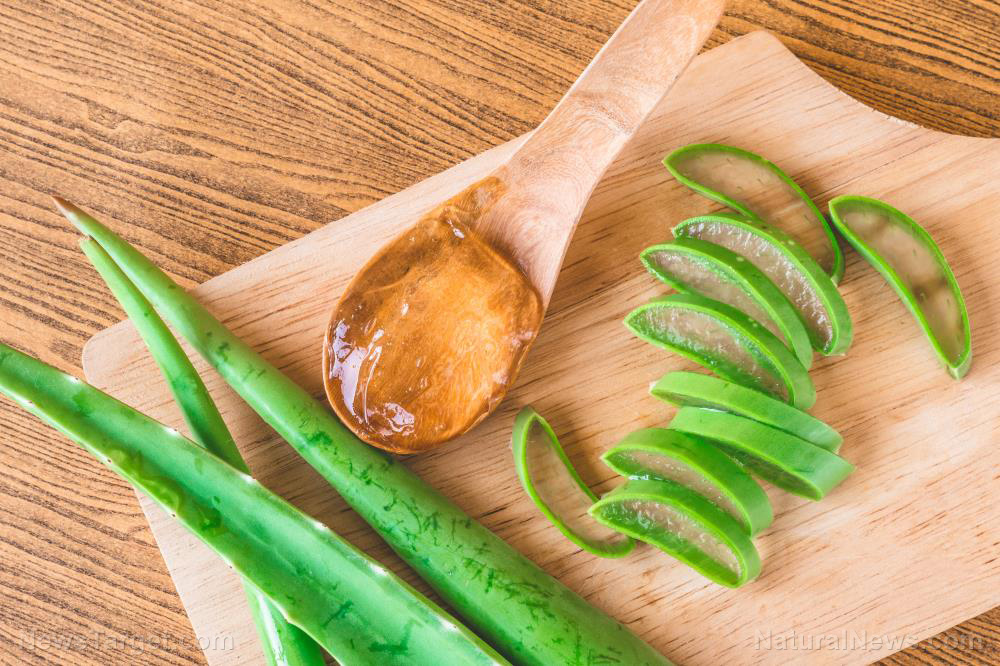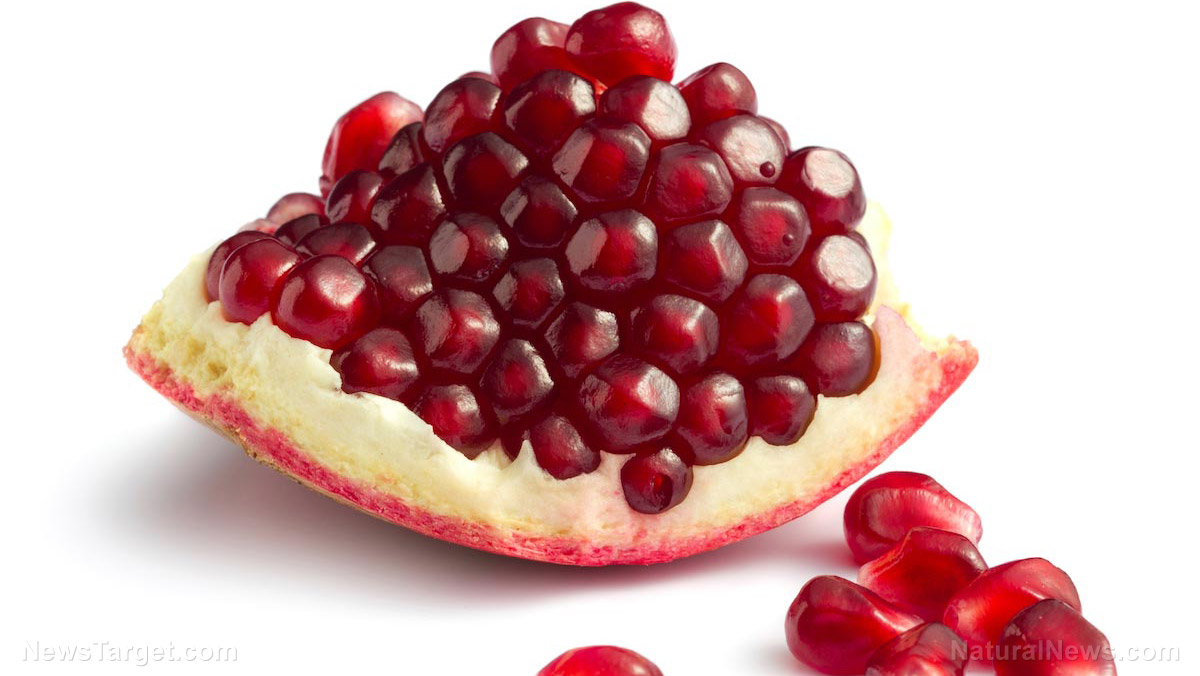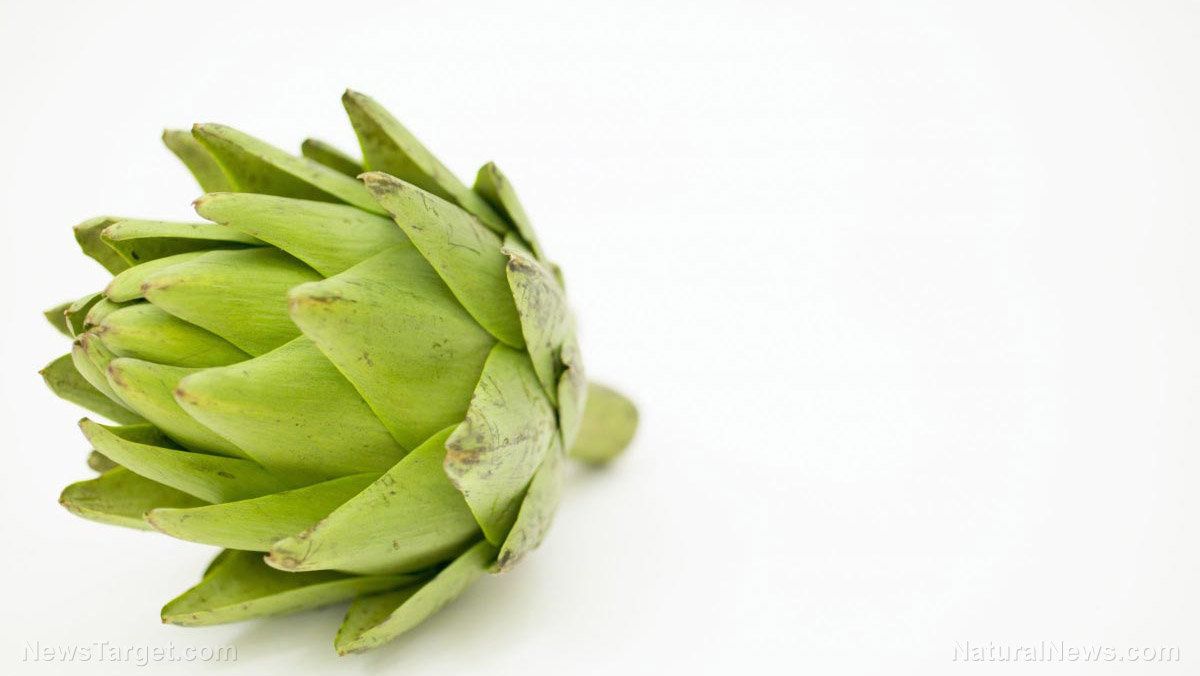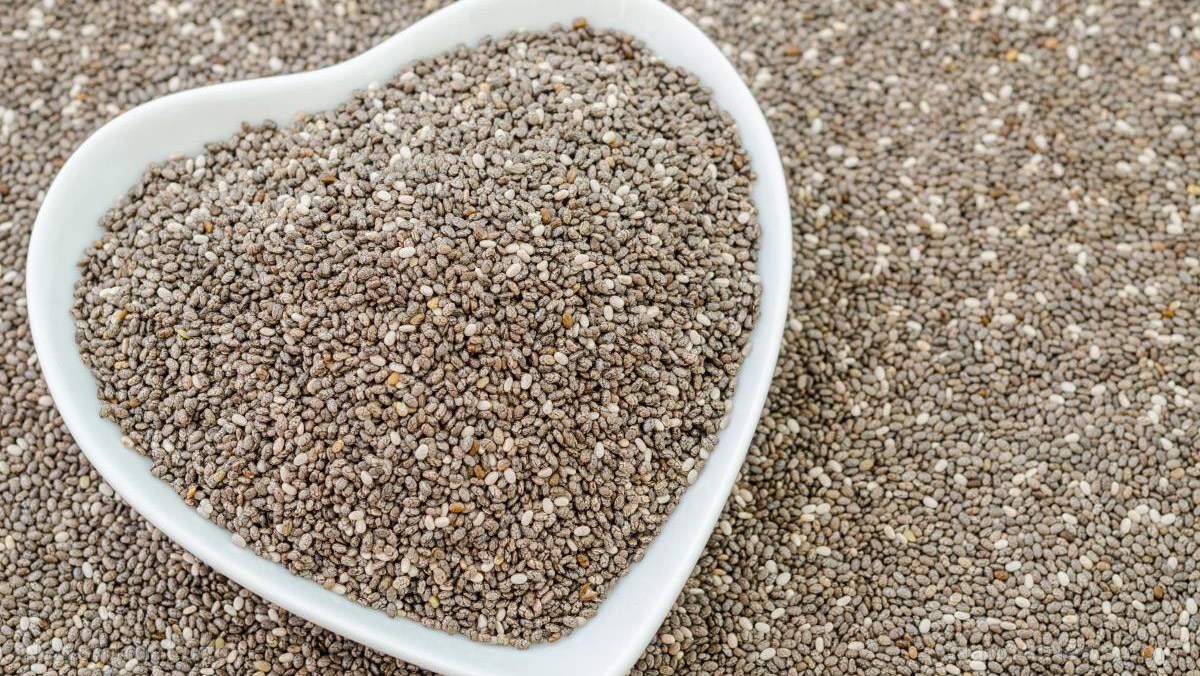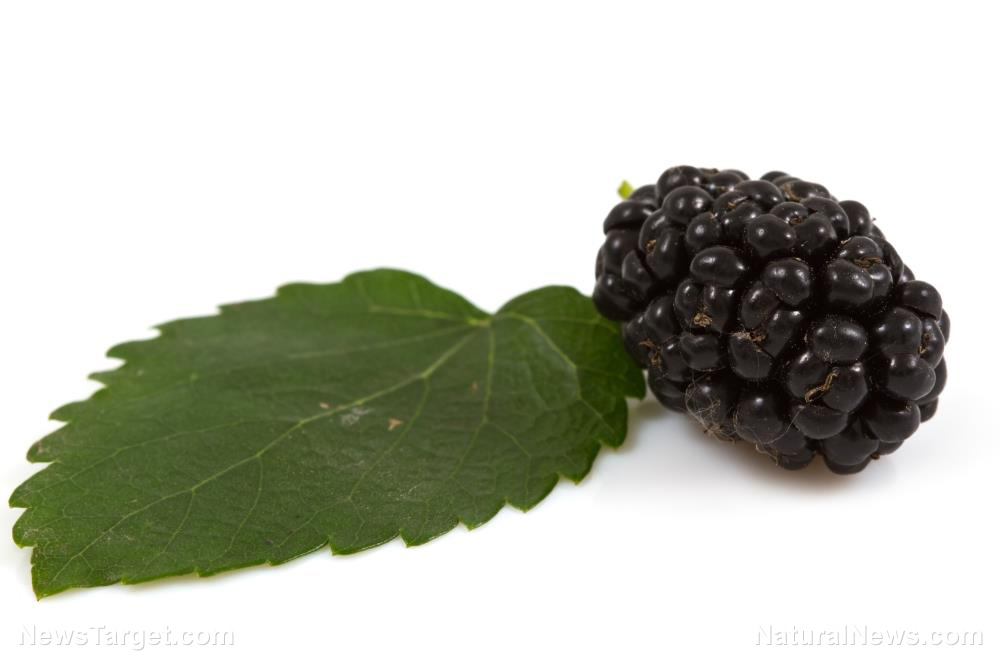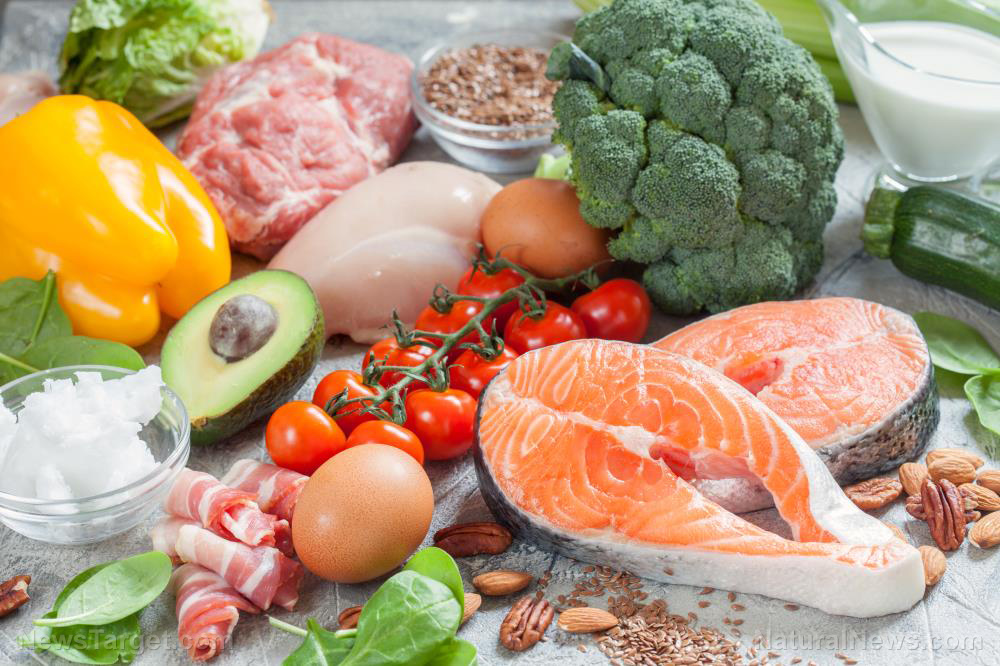Nutritional study suggests eating more black or red rice to prevent Type 2 diabetes
12/04/2018 / By Ellaine Castillo
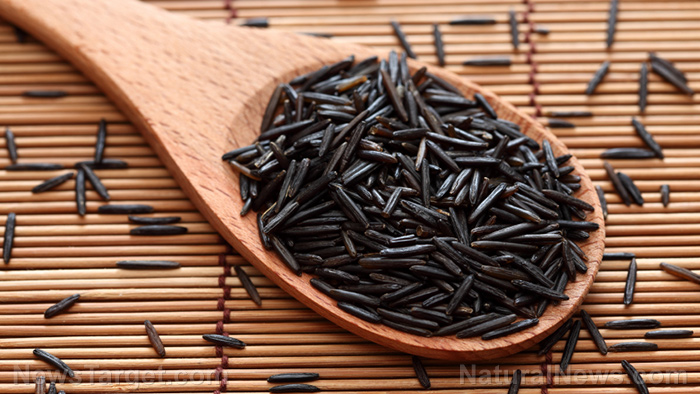
More than 415 million people suffer from diabetes — and much more are at risk. A major consideration for people with diabetes is food choice, given that the wrong types of food can make the condition worse. In particular, most people with diabetes avoid rice — given its adverse impact on blood sugar. However, people shouldn’t be quick to classify all types of rice as bad – some varieties are beneficial to those at risk of getting diabetes. In a study in ScienceAsia, researchers looked at the effects of black and red rice on diabetes.
Diabetes is a very expensive disease. According to the Centers for Disease Control and Prevention, the cost of diabetes reached $327 billion in 2017. The cost included both medical and indirect expenses, such as reduced productivity, disability, and mortality. This highlights the need for cost-effective ways to prevent — and even treat — diabetes. One effective approach is to change a person’s diet by adding healthier foods.
Rice is a staple in many countries. Unfortunately, people with diabetes stay away from the stuff like the plague, given its high carbohydrate content. White rice, the most common variety, has a high glycemic index. This means that the carbohydrates in rice are easily broken down into glucose. This causes a spike in a person’s blood sugar. Through time, the effects of the abrupt changes in sugar level accumulate and lead to an increased risk for Type 2 diabetes and heart disease. Rice lovers shouldn’t worry too much since there are other varieties of rice that are much healthier.
Unlike white rice, the black and red varieties are generally healthier. Aside from being a good source of carbohydrates, black and red rice are rich in antioxidants. These include gamma-oryzanol, tocopherols, tocotrienols, anthocyanins, and proanthocyanidins. Black rice can also prevent glycation, reduce inflammation, and regulate lipid levels, making it a good addition to a person’s diet.
In this study, the researchers evaluated the effects of black and red rice extracts on rats with streptozotocin-induced diabetes. They used fasting blood glucose level, body weight, and lipid profiles as the parameters for the experiment. The researchers observed that consumption of the extracts led to a decrease in blood sugar, triglyceride, and cholesterol level. From these results, the team determined that both red and black rice can prevent increases in blood sugar and lipids.
The researchers also analyzed the phytochemical content of the rice to determine the compounds that are possibly responsible for these activities. They identified polyphenols, flavonoids, vitamin E, and ?-oryzanol in both black and red rice. There were also compounds that were significantly higher in one variety compared to the other. These include proanthocyanidins and gamma-tocotrienol for red rice and alpha-tocotrienol, alpha-tocopherol, cyanidin-3-O-glucoside, and peonidin-3-O-glucoside for black rice. These compounds were responsible for the different bioactivities exhibited by the rice extracts. Proanthocyanidins were responsible for reducing triglyceride levels. Meanwhile, cyanidin-3-O-glucoside and peonidin-3-O-glucoside can be attributed to the decrease in cholesterol levels. Although the roles of the other phytochemicals have not been established, it is possible that these compounds have a synergistic effect that reduces sugar and cholesterol levels.
Overall, these results show that black and red rice are beneficial to patients with pre-diabetes and diabetes because of their anti-hyperglycemic and anti-hyperlipidemic effects. These results also prove that by eating healthier foods it is possible to combat diabetes without the need for costly medications.
Sources include:
Tagged Under: anti-hyperglycemic, anti-hyperlipidemic, black rice, blood sugar, cholesterol, diabetes, food as medicine, food cures, hyperglycemic, hyperlipidemic, red rice






